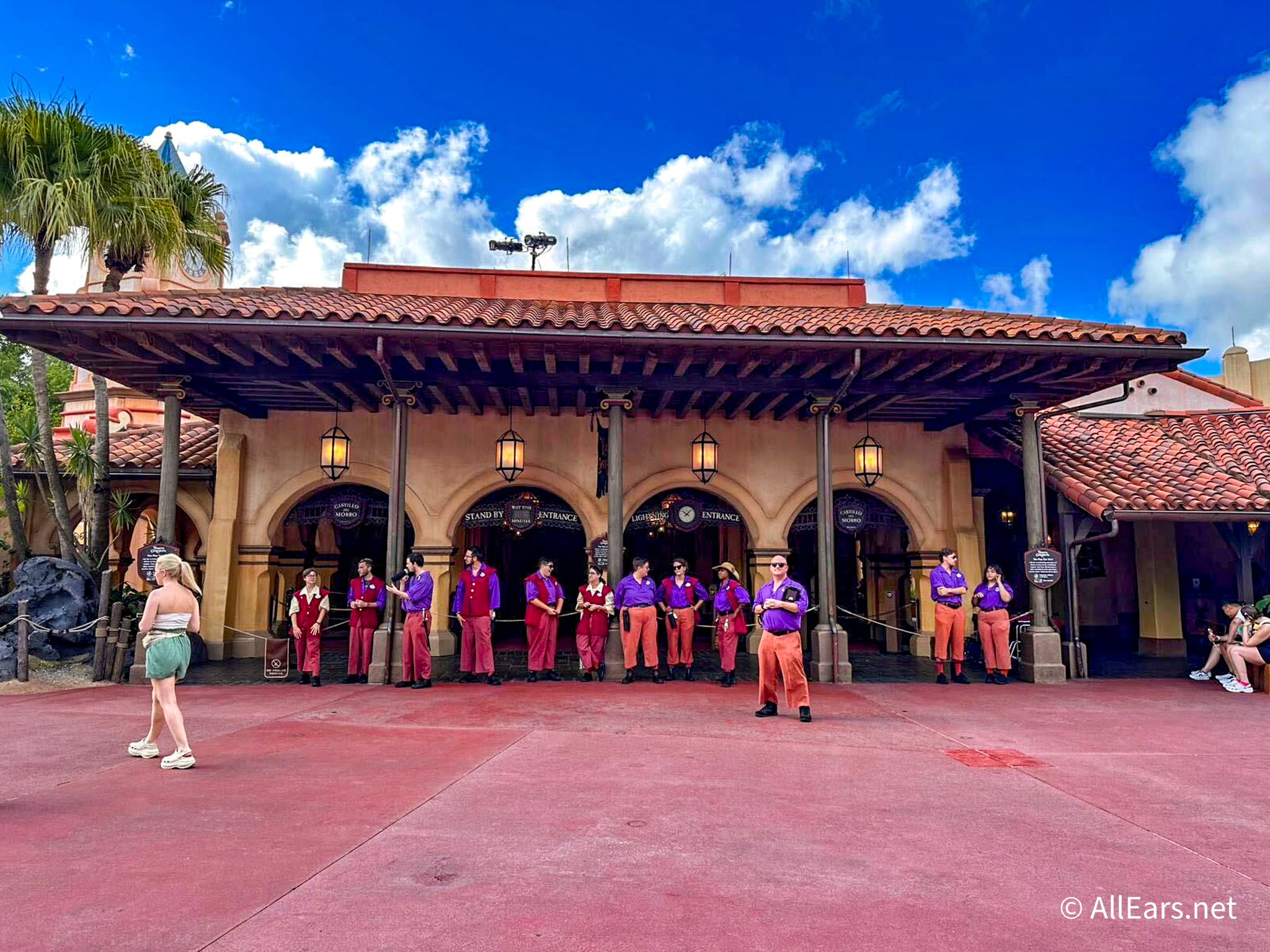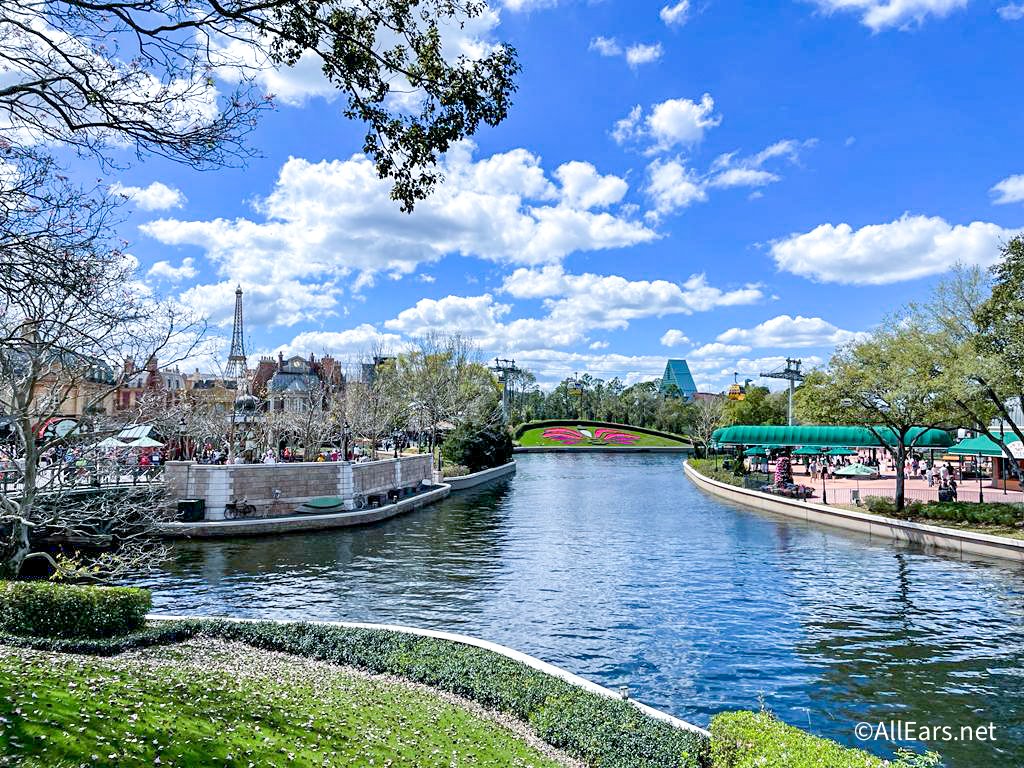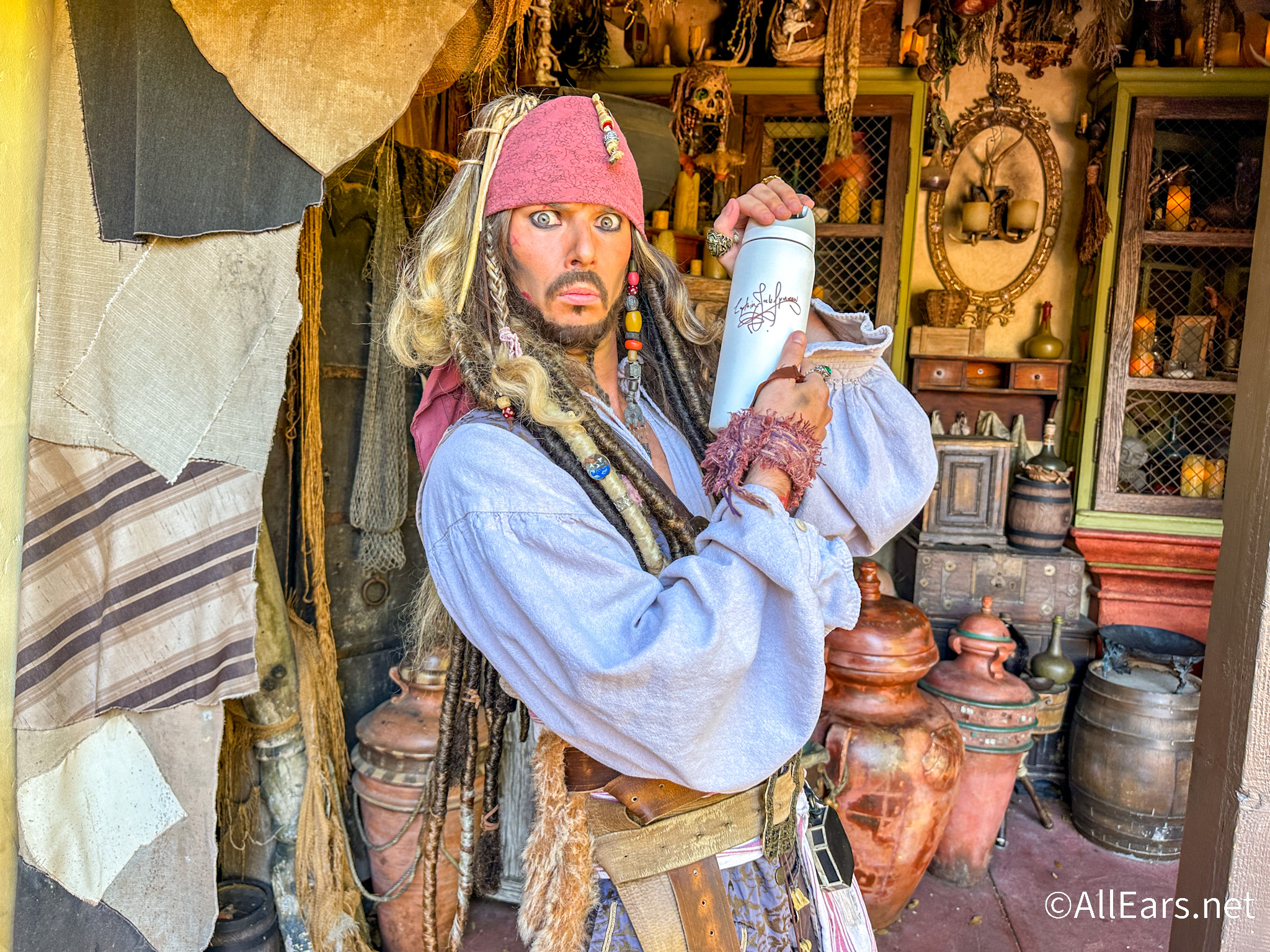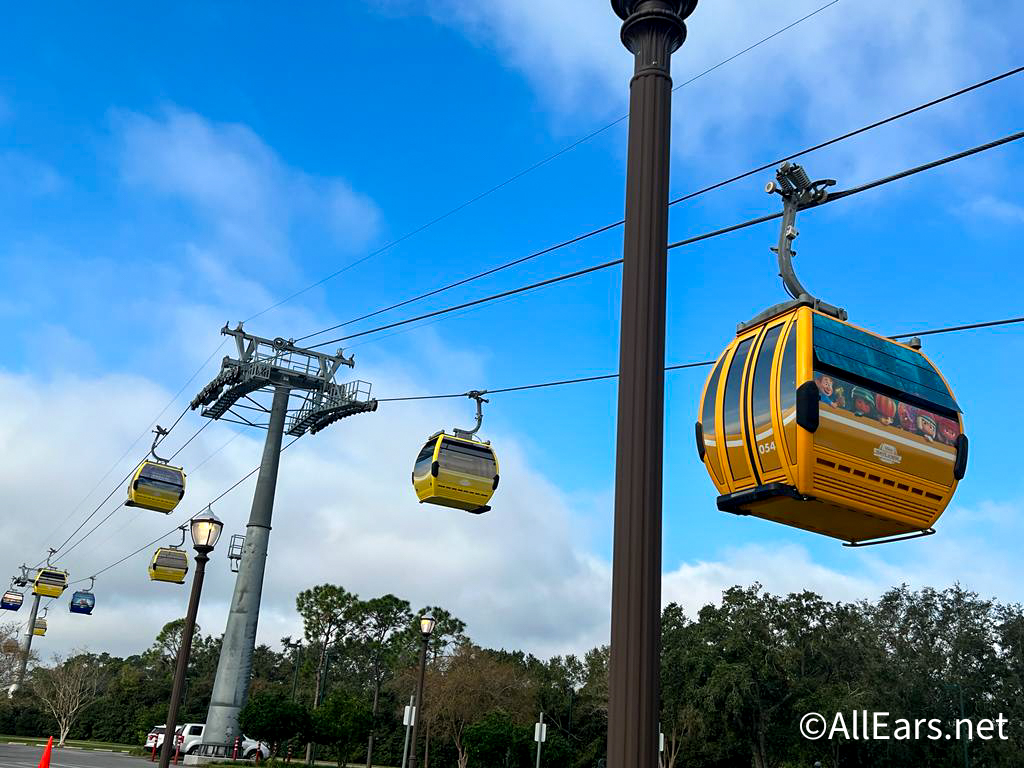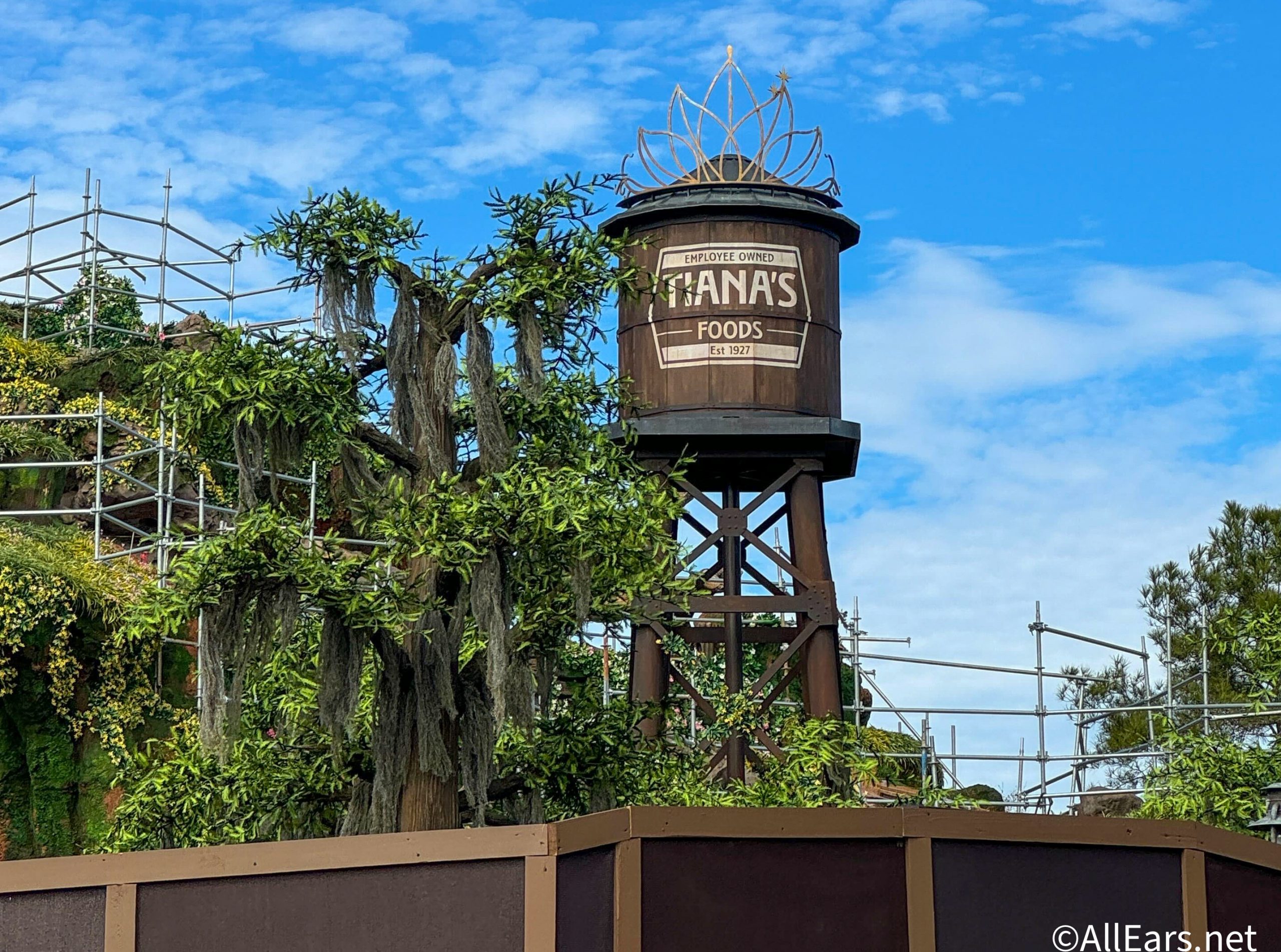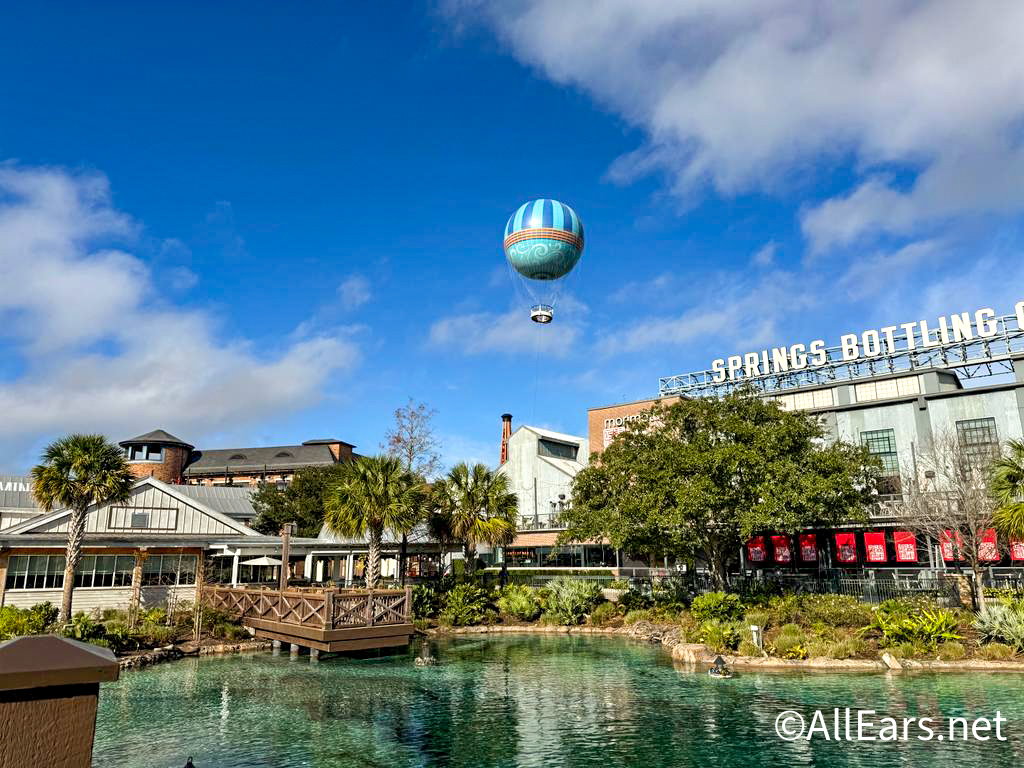Disney Cruise Line: A Cast Member in Training Part III
By Kim Button, ALL EARS® Guest Columnist
Feature Article
This article appeared in the May 8, 2007 Issue #398 of ALL EARS® (ISSN: 1533-0753)
In my last two articles, you've followed my journey as I was accepted to be a Disney Cruise Line crew member and my very first hours onboard the Disney Wonder as part of the ship's Cruise Staff. Now join me as I begin training onboard the Wonder for my new role.
After coming aboard as a new crew member, there is not much time for rest, and there won't be until after your contract ends. Safety training starts just hours after you board the ship, beginning with the assignment of a life jacket and your crew station during an emergency. While you will see some crew members positioned throughout the ship during each safety drill before embarking on your cruise, every crew member has a position to take somewhere in the ship should there be an actual emergency. As part of the Cruise Staff, my position would have been in the Oceaneer Club, checking IDs of children who were being picked up by their parents.
Safety training is taken extremely seriously among crew members onboard the Disney Cruise Line. There are strict guidelines to follow, stringent protocols in place for every conceivable event, and at no time will a half-hearted attitude be tolerated.
The safety training for all of the new crew members in my training class started with thick manuals of information that we read, discussed and were then tested on during numerous classes that took place in the crew lounge area below the guest decks. Medical emergencies, life boat drills, fire safety, etc. were thoroughly covered in every aspect. Crew members can expect to frequently be retested on safety procedures at any time and you could possibly lose your job if you can't pass a test on safety protocol. You can't just study a safety booklet enough to pass a test and then forget the information, much like in high school or college, so all of the new crew members spent hours learning and memorizing safety procedures.
After classroom discussions, we had tours of the ship with the lead crew member in charge of Safety. Though you can spend hours reading manuals about the safety precautions that are installed in the ship, it only takes a minute or two of a demonstration to instill in you an appreciation and understanding of all that it takes to make a ship safe on the ocean. We watched demonstrations of the water-tight doors that can be closed through various areas of the ship, listening as the doors lumbered loudly to seal off a corridor while bright strobe lights lit up the hallway and a deafening alarm pealed through the surrounding area. We then took a tour of the ship's bridge, where a large electronic chart of every square foot on the ship was mounted on the wall. A myriad of different colored mini lights represented sensors throughout the ship that were monitoring heat, electrical currents and water levels, constantly scouring the ship for any small problem that might occur. We inspected life boats and completed training in evacuation procedures. In a matter of a day or two, our new training class had become experts in safety at sea.
After the majority of safety training was completed, we were then allowed to report to our individual crew assignments for job-specific training, which would continue to be interspersed with safety training for the next week or two. I reported to the Assistant Cruise Director who immediately started training me in my role as a member of the Cruise Staff.
Since the Cruise Staff department is relatively small, it's necessary for new crew members to jump right in and quickly learn the ropes. One of my first activities was helping to host the '50s dance party. Though I might have looked the part while doing the Twist in my poodle skirt, guests probably didn't realize that I was battling one of the worst cases of seasickness that I had ever encountered.
I have suffered from motion sickness my entire life, even getting sick on the mountainous roads of my hometown. I assumed that I would eventually get accustomed to the motion of the ship and that my seasickness would become a thing of the past. That never happened. There were many times when I had to get through a party or other event simply by sheer will, but I soon found out that one of the best remedies for seasickness was to simply stop thinking about it and go on with life. It worked just as well as the mountain of seasickness pills that I must have consumed during my time onboard.
Learning the ropes of hosting dance parties and deck parties was pretty simple. My job as a Cruise Staff crew member was simply making sure that people had a great time, whether it was dancing in the crowds during the Sail Away party or talking with guests before the Disney Theatre performances. Other parts of my job required much more training.
On embarkation days, the Cruise Staff manned the shore excursions desk, booking shore excursions and answering questions about what was available at our ports of call. I had to become familiar with the most popular shore excursion destinations, so during the first two cruises I was able to take shore excursions along with guests so that I would be able to answer guest questions on future sailings. On subsequent sailings, a member of the Cruise Staff was sometimes assigned to be onboard a shore excursion in case problems arose, so I frequently was able to enjoy a boat tour around Nassau or a trip to Atlantis.
Another aspect of my job that required in-depth training was the family activities. We used microphones for most events, so there was a crash course in the electrical systems for each venue, plus how to handle technical glitches with the microphone in case the Engineering Staff was unable to show up for each activity. I had to receive training for the DJ stations at each venue, too, just in case I had to handle the sound as well as host an event. Learning the technical aspects of sound was a piece of cake compared to trying to operate a movie screen in Animator's Palate, which I never really mastered.
Each activity that we hosted onboard had its own set of challenges. For one event, guests made cars out of potatoes and assorted vegetables and raced against each other to compete for a prize. The activity sounds simple enough, but required much planning and execution. I had to learn where the produce supply pantry was located below decks. This might not sound like a big deal, but I frequently got lost in the crew decks because everything looked the same and there were so many small alcoves and hidden doors. Picking up pounds of potatoes, celery, carrots and the like wasn't always easy, either, as you had to sign out the produce with kitchen managers who frequently weren't aware of why we needed their produce, resulting in challenging conversations. Then we had to transport the vegetables to guest areas, but not using guest elevators, which was strictly forbidden. Once inside the lounge, we would then have to set up the supplies before finally arranging with the Entertainment department the arrival of Mickey Mouse at the end of the races. What seems like a simple one-hour activity to guests could actually take two to three hours of prep time and scheduling, trying to get many different parts of the ship to cohesively work together, which isn't always easy.
After the first few sailings, I was finally starting to get used to my new position. Hosting dance parties and teaching guests how to do the Electric Slide had become second nature to me. Preparing the Disney Theatre for each production was my nighttime ritual. I was equally adept at exercising with Goofy on the sports deck as I was hosting the elegant Captain's reception with everyone dressed in their finest.
While I was easily adapting to my new role in entertaining guests, I wasn't adapting as easily to the living conditions of a cruise ship crew member. Join me next time as I take you into the crew decks to experience daily life as a crew member.
-=-=-=-=-=-=-=-=-=-=-=-=-
RELATED LINKS:
Read Kim's first article in the series at: http://allears.net/cruise/issue389.htm
Part II is at: http://allears.net/cruise/issue393.htm
-=-=-=-=-=-=-=-=-=-=-=-=-
Kimberly Button is the author of The Disney Queue Line Survival Guidebook.
Purchase Kim's book via: http://astore.amazon.com/debsunoffiwaltdi



